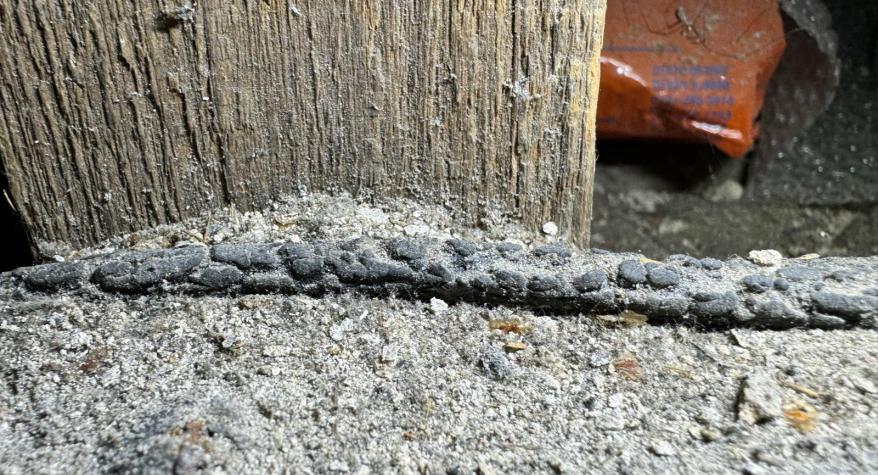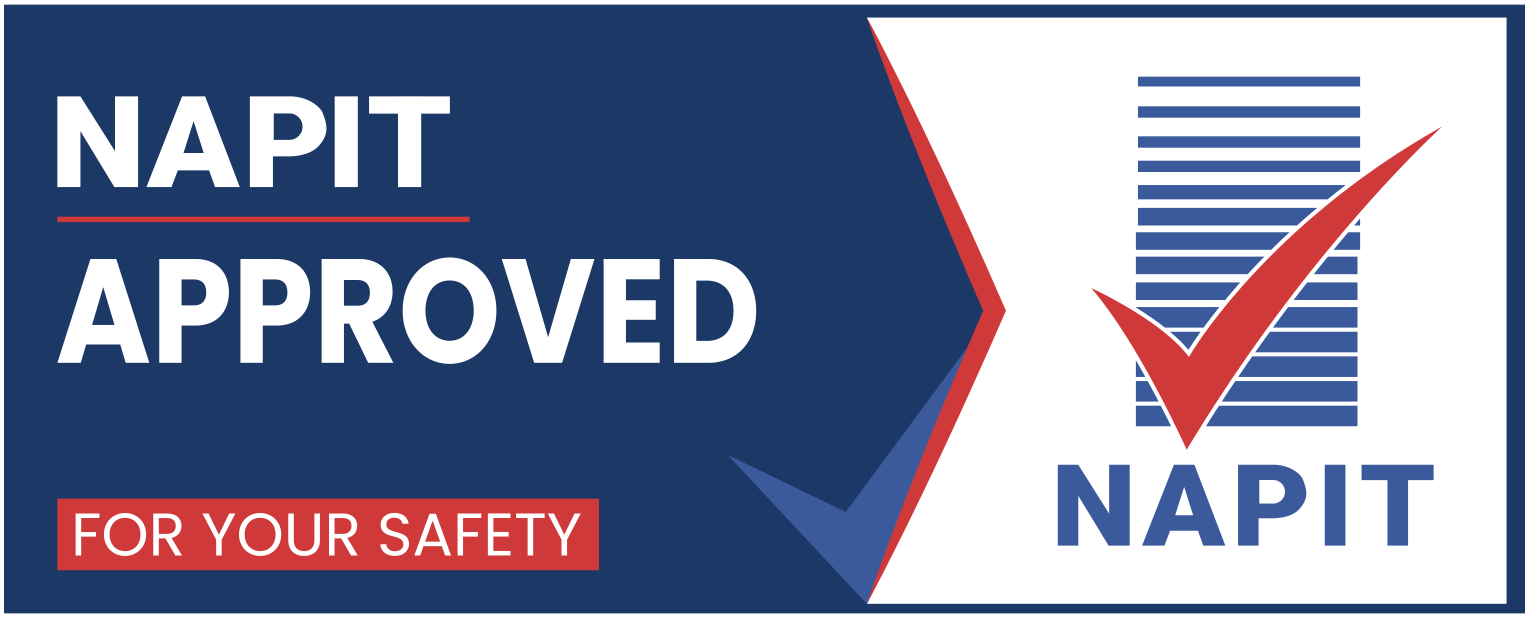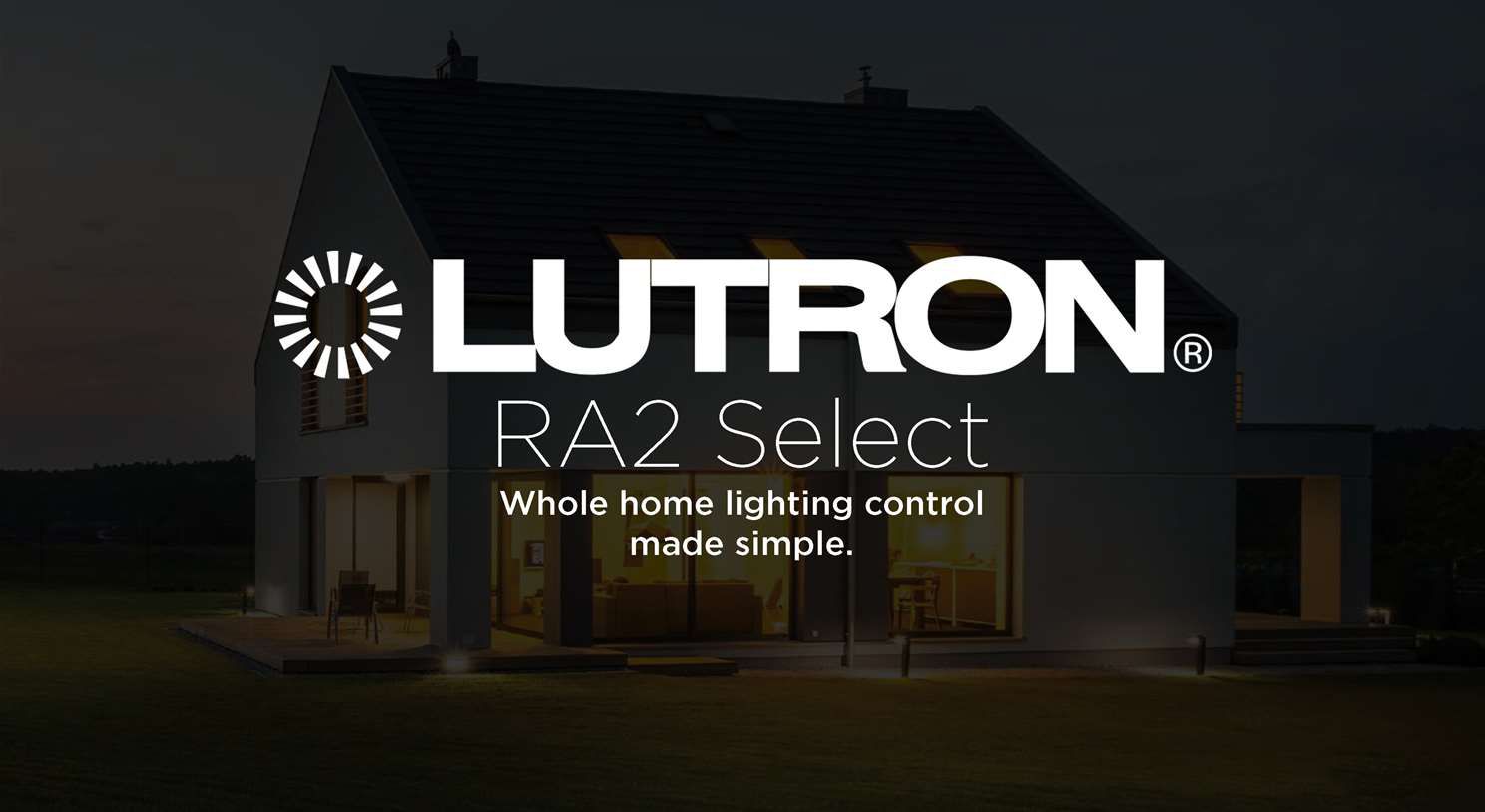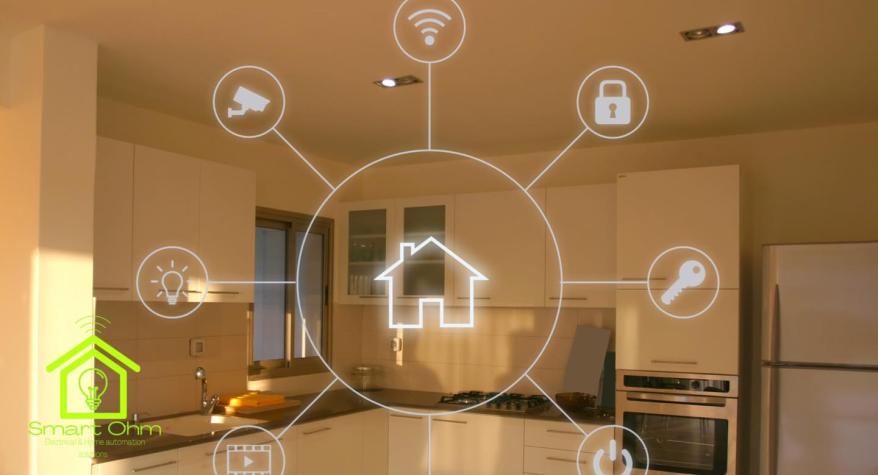When it comes to electrical safety, understanding the materials used in your Armley home’s wiring is crucial. One often-overlooked hazard is Vulcanised Indian Rubber Cable, commonly referred to as VIR cable.
The Dangers of Vulcanised Indian Rubber Cable (VIR): A Comprehensive Guide by SmartOhm, Armley
This type of cable was widely installed in the UK from the 1950s through the 1970s, primarily in residential properties and commercial buildings. Unfortunately, while it was once considered a reliable option, it has since been identified as a significant safety risk. In this blog, we will explore the dangers associated with VIR cable, how to identify it, and what steps you should take if you find it in your property.
What is Vulcanised Indian Rubber Cable?
VIR cable, as the name suggests, is a type of electrical cable that was insulated with vulcanised rubber. It was favoured for its flexibility and durability, making it an attractive choice for a wide range of applications. However, over time, the rubber insulation has been found to degrade, leading to increased risks of electrical faults, fire hazards, and shock.
The Dangers of VIR Cable
1. Degradation Over Time: Rubber insulation can deteriorate due to environmental factors, such as heat, moisture, and exposure to UV light. As VIR cable ages, the insulation can become brittle and cracked, exposing the inner wires and creating a significant risk of electrical shock or short circuits.
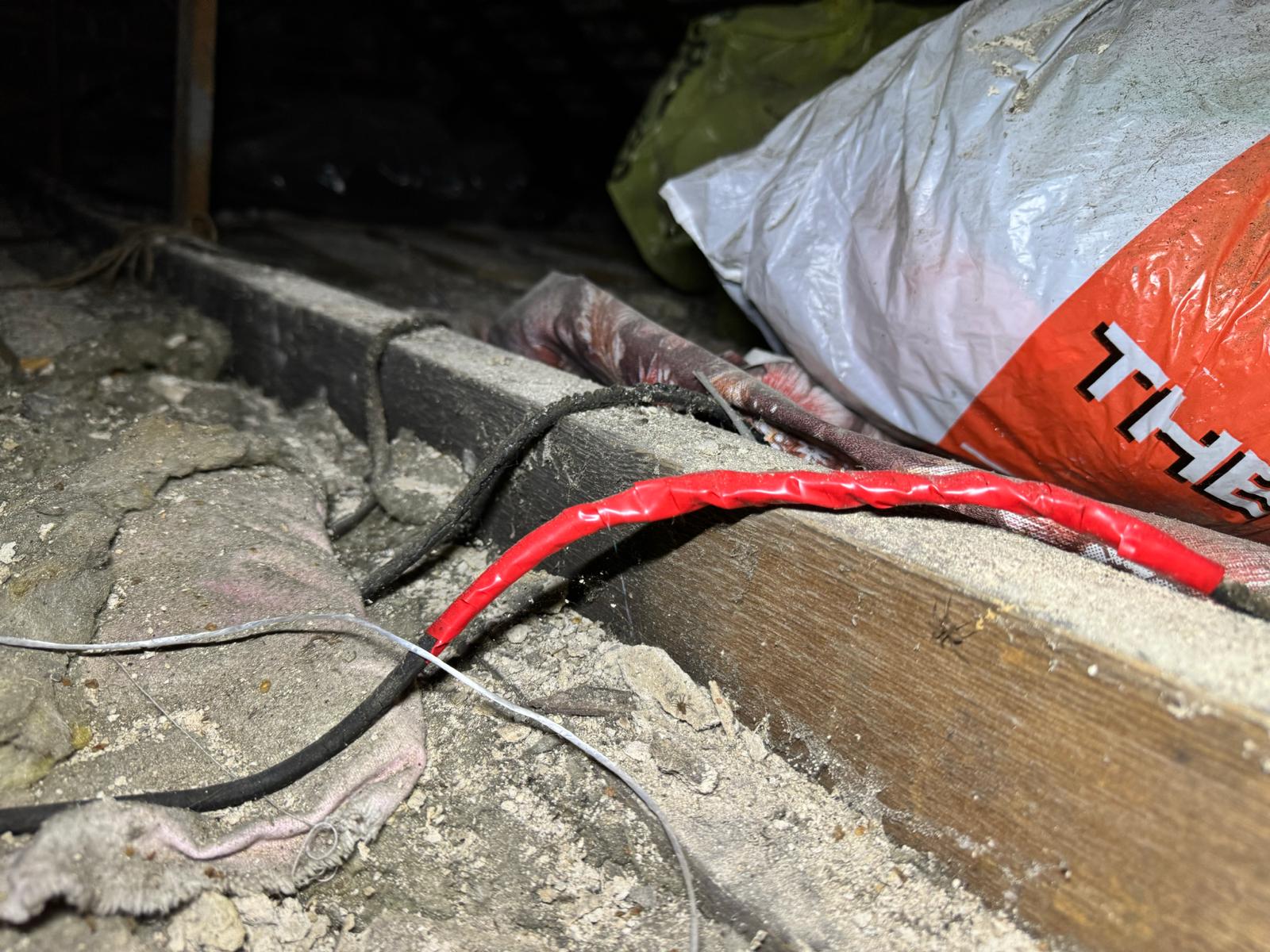
2. Fire Hazard: When the insulation fails, it can lead to arcing and sparks, which pose a serious fire risk. In the worst-case scenario, this can result in electrical fires that can spread rapidly throughout a property.
3. Potential for Electric Shock: Exposed wires due to degraded insulation can lead to electric shocks, posing a danger to anyone who comes into contact with the cable. This risk is particularly high in damp environments or when the cable is in contact with conductive materials.
4. Incompatibility with Modern Standards: VIR cable does not meet current electrical safety standards, and using it in conjunction with modern electrical systems can result in failures and safety issues.
Identifying VIR Cable
If you suspect that your Armley area property may contain Vulcanised Indian Rubber Cable, it’s essential to know how to identify it. Here are some characteristics to look out for:
Outer Sheath: VIR cable typically has a black or brown outer sheath, which may feel rubbery to the touch.
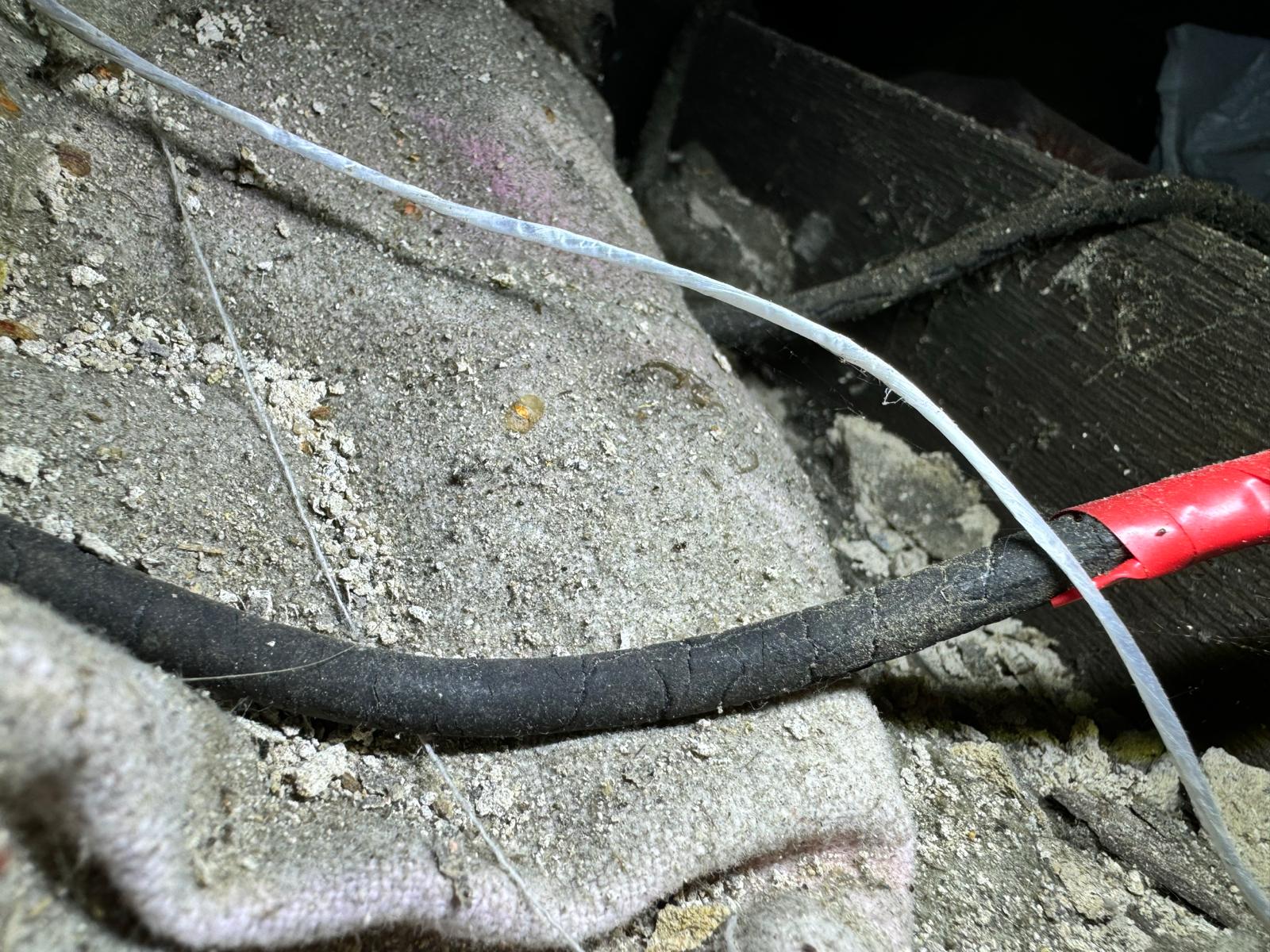
Worn or Brittle Insulation: Over time, the rubber insulation can become brittle, cracked, or discoloured, often appearing dark brown or black.
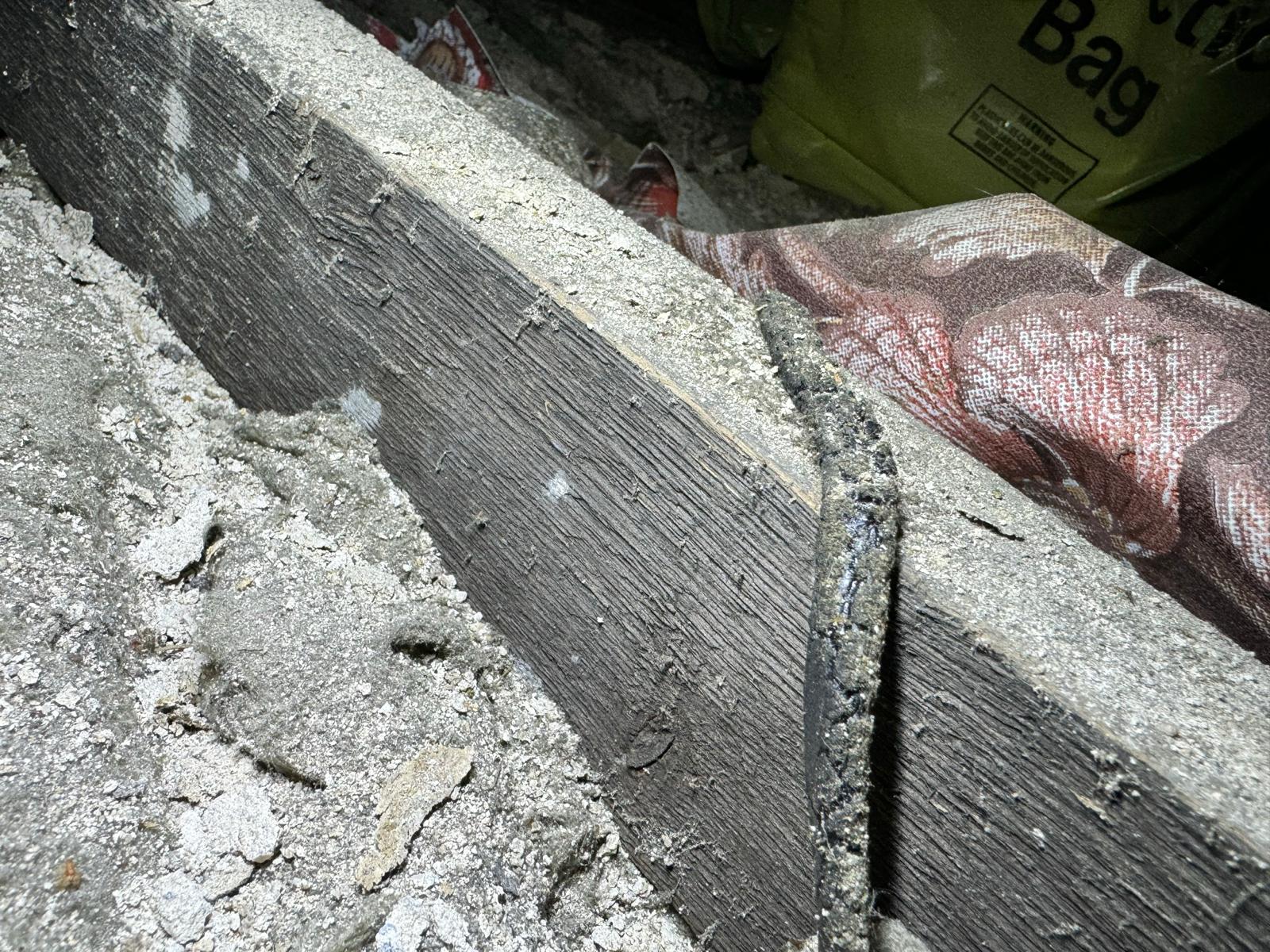
- Cores: Inside the cable, the conductors may be made of copper and usually have a cloth or cotton insulation covering them.
- Age of Installation: If your property was built or rewired between the 1950s and 1970s, there is a high likelihood that VIR cable may have been used.
What to Do if You Have VIR Cable Installed
If you determine that your Armley area home or business contains Vulcanised Indian Rubber Cable, it is crucial to take immediate action. Here are the steps you should follow:
1. Do Not Use Affected Circuits: If you identify VIR cable, avoid using any circuits that are connected to it until the issue has been assessed.
2. Contact a Qualified Electrician: Reach out to a qualified and experienced electrician to inspect your wiring. They can provide a thorough assessment of the condition of the cable and advise on the best course of action.
3. Consider Replacement: Depending on the condition of the VIR cable, the electrician may recommend replacing it with modern, safer alternatives such as PVC or XLPE insulated cables. This is an investment in your safety and the longevity of your electrical system.
4. Conduct Regular Inspections: If replacement is not immediately feasible, ensure you have regular inspections to monitor the condition of the wiring. Keep an eye out for any signs of wear or damage.
5. Educate Your Household: Make sure everyone in your home is aware of the potential dangers of VIR cable and the importance of electrical safety. Encourage them to report any signs of electrical issues promptly.
Conclusion
Vulcanised Indian Rubber Cable may have been a popular choice in the mid-20th century, but today it poses significant safety risks to homes and businesses. Understanding the dangers associated with this type of cable, knowing how to identify it, and taking appropriate action can help protect you and your loved ones from potential electrical hazards. If you suspect that you have VIR cable installed, don’t hesitate to seek professional advice and ensure your electrical system is safe and up to modern standards. Your safety is worth it.
Contact our friendly team at SmartOhm, Armley if you would like any further information and advice, or if you would like to arrange an electrical inspection.

